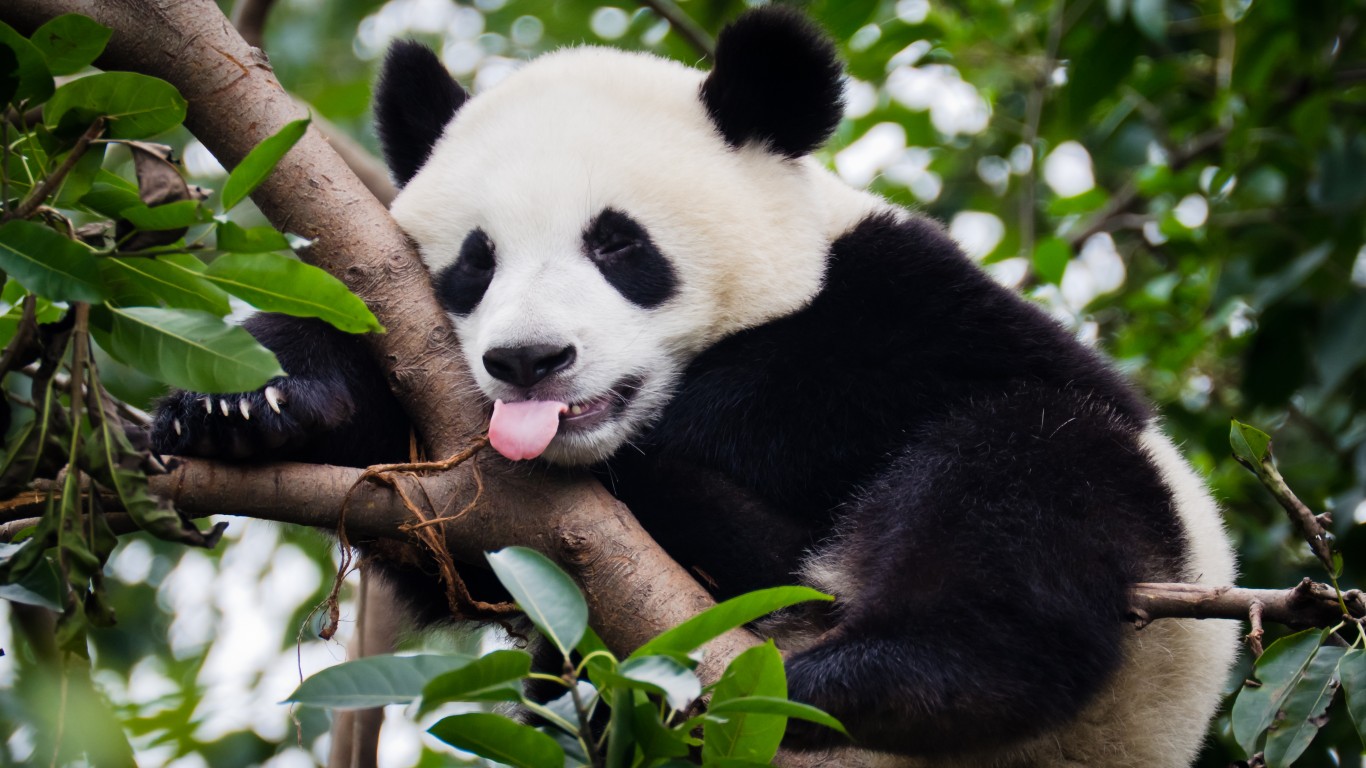

Investors who want to derisk their China exposure while staying in the emerging market (EM) game have a new purpose-built exchange-traded fund (ETF) to consider.
KraneShares has launched a new fund targeting broad EM equities that also dynamically adjusts its exposure to China stocks. The KraneShares Dynamic Emerging Markets Strategy ETF (KEM) listed on the NYSE Arca on August 25.
KEM blends two preexisting MSCI funds – one pure-play China fund and one ex-China EM fund. The balance between the China and EM ex-China funds is currently set at 31% and 69%, respectively. Krane continuously monitors market signals and tweaks the ratio in response. KEM’s allocation will be adjusted at least once per quarter. This strategy may outperform benchmark EM indices, Krane claims.
The thrust of Krane’s investment thesis posits that China is no ordinary EM. Krane’s COO, Jonathan Shelon, points to China’s historic low correlation to global equity markets, believing investors will be better off “treating China as a distinct asset class within their EM portfolio.”
Emerging World(s)
This seems a prudent strategy given China’s current economic malaise. As its economy sinks into deflation and consumer sentiment slumps, low or negative growth could become the new normal for the world’s second-largest economy.
Macroeconomic indicators show China’s economy has failed to recover after the long-awaited reopening after ending its heavy-handed zero-Covid measures. Its economy is besieged on all sides by systemic challenges. Its soaring local government debt, ongoing housing crisis, skyrocketing youth unemployment, declining export levels, and rising geopolitical tensions with the West all paint a dreary outlook for investors.
All this puts Chinese leaders’ dream of overtaking America economically even further out of reach. By some estimates, the US economy is growing at almost double the rate of China’s this year.
Meanwhile, other emerging Asian giants are picking up the slack. Indian equities, by comparison, have vastly outperformed Chinese stocks since the start of 2020.
In a note to investors, VanEck CEO Jan van Eck said amid a “higher for longer” rates regime in the US, rising emerging markets (India, Brazil, and Saudi Arabia, especially) have become the bright spots on the investing map.
More country-specific EM ETFs are becoming available as investors take a more selective approach to developing economies. For instance, this month, Global X launched two ETFs exclusively focused on Brazil and India. They represent the US market’s first active single-country ETFs that target these two emerging giants.
Despite the huge growth potential, there remain enduring risks. Political instability, regulatory uncertainty, currency volatility, debt vulnerabilities are just some of the deep-seated problems that plague EMs everywhere. Although the diversification offered by broad-based ETFs like KEM should shield investors from crises in specific countries, they can’t protect against a broad downturn across the emerging world.
KEM has an expense ratio of 0.49% and is currently trading at around $25.
Previously published at Wealth of Geeks.
Sponsored: Want to Retire Early? Start Here
Want retirement to come a few years earlier than you’d planned? Orare you ready to retire now, but want an extra set of eyes on your finances?
Now you can speak with up to 3 financial experts in your area for FREE. By simply clicking here you can begin to match with financial professionals who can help you build your plan to retire early. And the best part? The first conversation with them is free.
Click here to match with up to 3 financial pros who would be excited to help you make financial decisions.
Thank you for reading! Have some feedback for us?
Contact the 24/7 Wall St. editorial team.



